Cracking the secret of a perfect hard-boiled egg is no yolk! But fear not, we’ve got the scoop. A perfect hard-boiled egg is one that can be peeled with ease, has firm egg whites, and has a yolk that’s creamy and NOT gray. Follow our simple steps and you’ll be cracking open the perfect egg every single time.
THE ART OF THE PERFECT HARD-BOILED EGG
Making the perfect hard-boiled egg is an art in itself. As a novice chef, I struggled for a long time to get it right. The first few times I tried to cook eggs, I ended up with eggs that were either undercooked or overcooked. It was incredibly discouraging, but I refused to give up. After some research and trial and error, I finally learned the secret to making the perfect hard-boiled egg.
One of the most important things to keep in mind while boiling eggs is that they need to be cooked to a specific temperature. Otherwise, they may end up with a greenish-gray yolk or tough whites. To ensure that the egg is cooked evenly, it’s essential to cover cold eggs with cold water, generously salt the water, bring it to a boil, and then cover and remove from heat. This ensures that the eggs cook slowly and evenly. This gives me the perfect texture: a firm white and creamy yolk.
STEPS FOR PERFECTION
Do you like this recipe? Please leave us a star rating in the comments below, and share it on social media. We would really appreciate it!
Learning to cook the perfect hard-boiled egg is an essential skill for any home cook. With the right method and a bit of patience, even a novice cook can master this simple yet important dish. I’m proud to say that I’ve perfected my hard-boiled egg recipe after many experiments and failures, and I wholeheartedly recommend this method to anyone who wants to enjoy the perfect hard-boiled egg in all of its delicious glory.
What are some creative ways to use hard-boiled eggs?
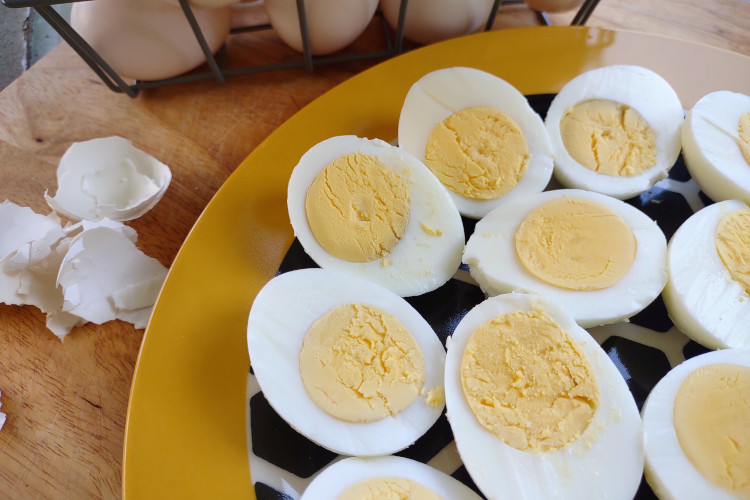
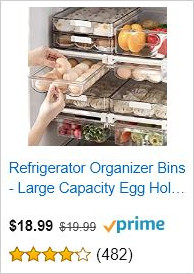

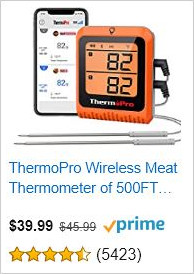
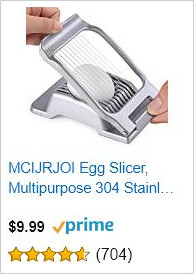
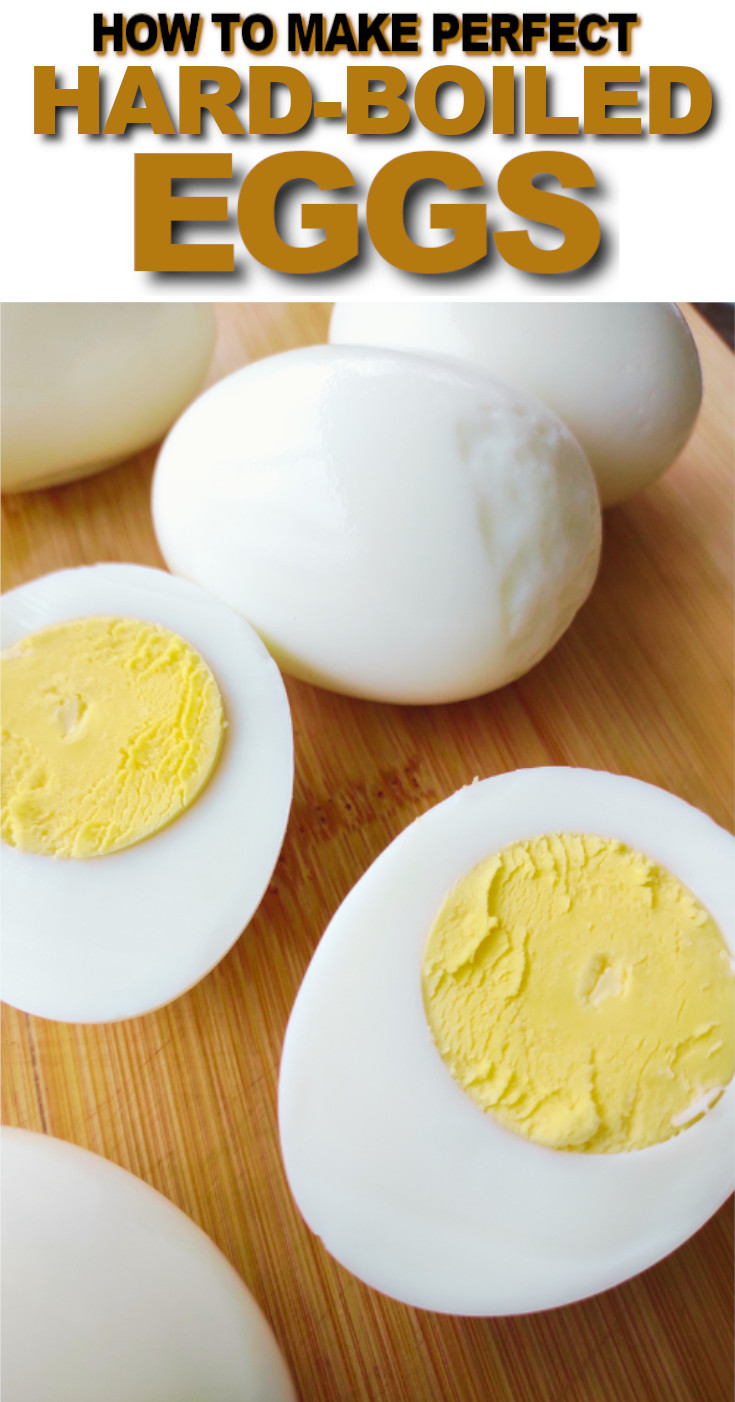
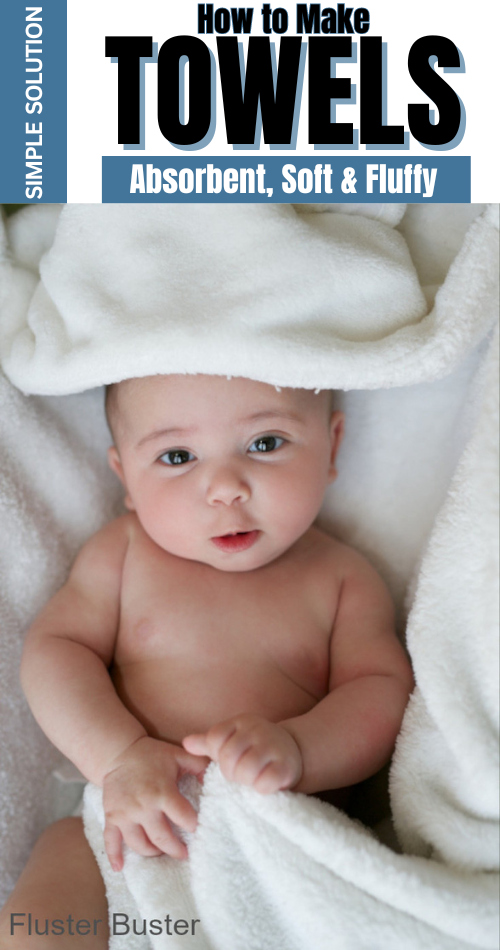
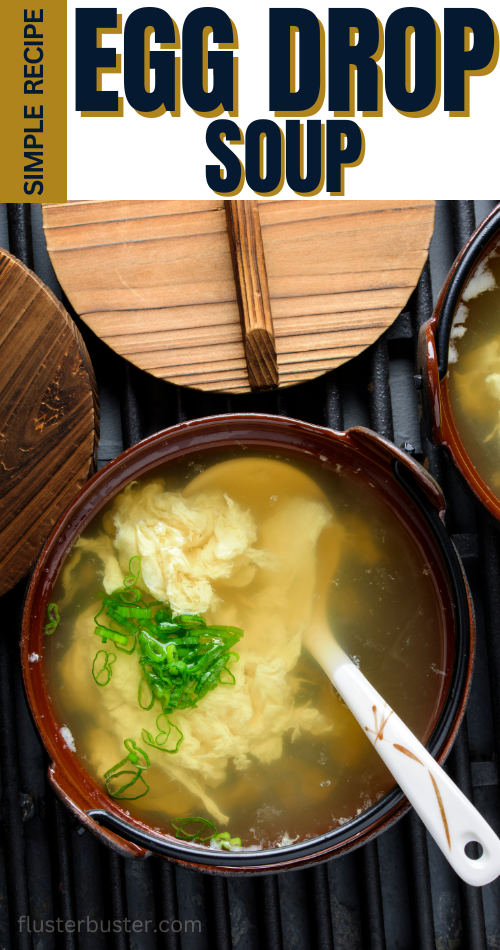
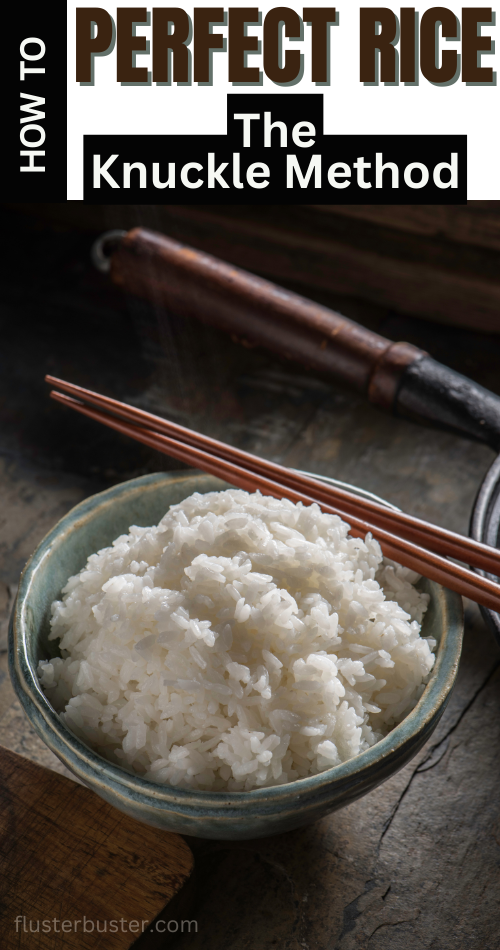
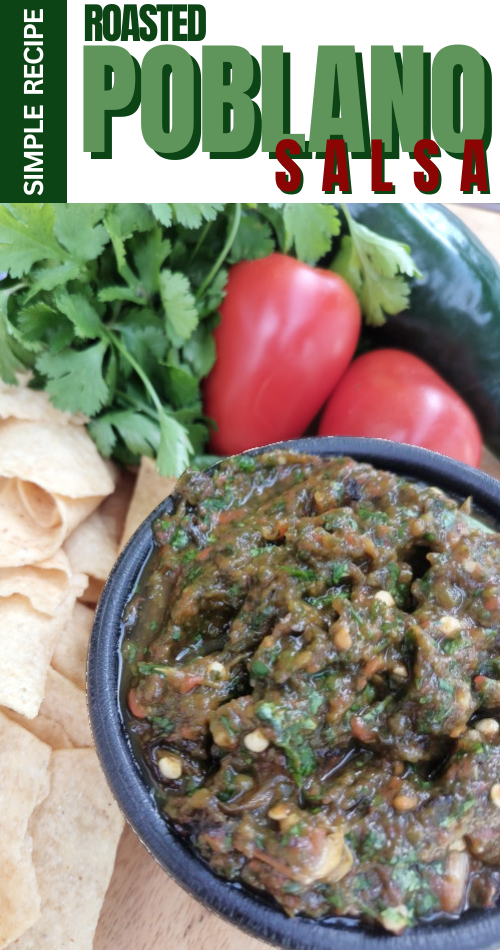
These are great tips. For the most part, I don’t have problems producing the perfect boiled egg. Deviled eggs are big in my house, so I’ve had lots of practice. I do run into a problems removing the shell occasionally. Thanks for sharing on Sunday’s Best.
I love deviled eggs, we do a lot of those as well. As for the shells of the eggs, add plenty of salt to the water, use eggs that are 2-3 weeks old and when you peel them be sure to begin peeling from the large end. I rarely have a problem peeling them when I do these 3 things.
I’ve heard using baking soda works, but I’ve never tried it. Deviled eggs are a favorite in our house too.
I have my own process for this and it’s very similiar. The older “recipes” always called for long cook times, but I find about 10 minutes in boiling water and then another 10 in the water off the heat does great for eggs. Who knew it would make such a difference!
Thanks so much for posting this on the Wonderful Wednesday Blog Hop for me to compare notes with!
That’s exactly how my mom does it!
What a great tutorial! Happy Valentine Day and thanks so much for sharing your awesome talent with us at Full Plate Thursday!
Miz Helen
Thank you Miz Helen!
We live at about 3900 feet altitude. Is there any change to length of cooking time at altitude?
Since water takes a little longer to boil at higher altitudes, I would suggest following the cooking directions, but I would only let it sit for maybe 10 minutes instead of 12.
Did not know newer eggs are harder to peel!!! Will def be using an older egg from now on…thank you!
What an amazing and helpful tutorial!! This is exactly what I needed for my meal prep today!
Great tips! We make a batch of hard boiled eggs nearly every week! High protein and a great grab and go snack.
Oh wow! This are really helpful tips. I can’t wait to try it out and achieve a perfect hard boiled eggs as yours. Thanks for sharing!
Oh wow! These are really helpful tips. I can’t wait to try it and achieve a perfect hard boiled eggs as yours. Thanks for sharing!
Good tips to know! Thanks for sharing at the #HomeMattersParty.
Great tips! I always gambled & guessed when they are done – never works out well. Thanks for the tips!